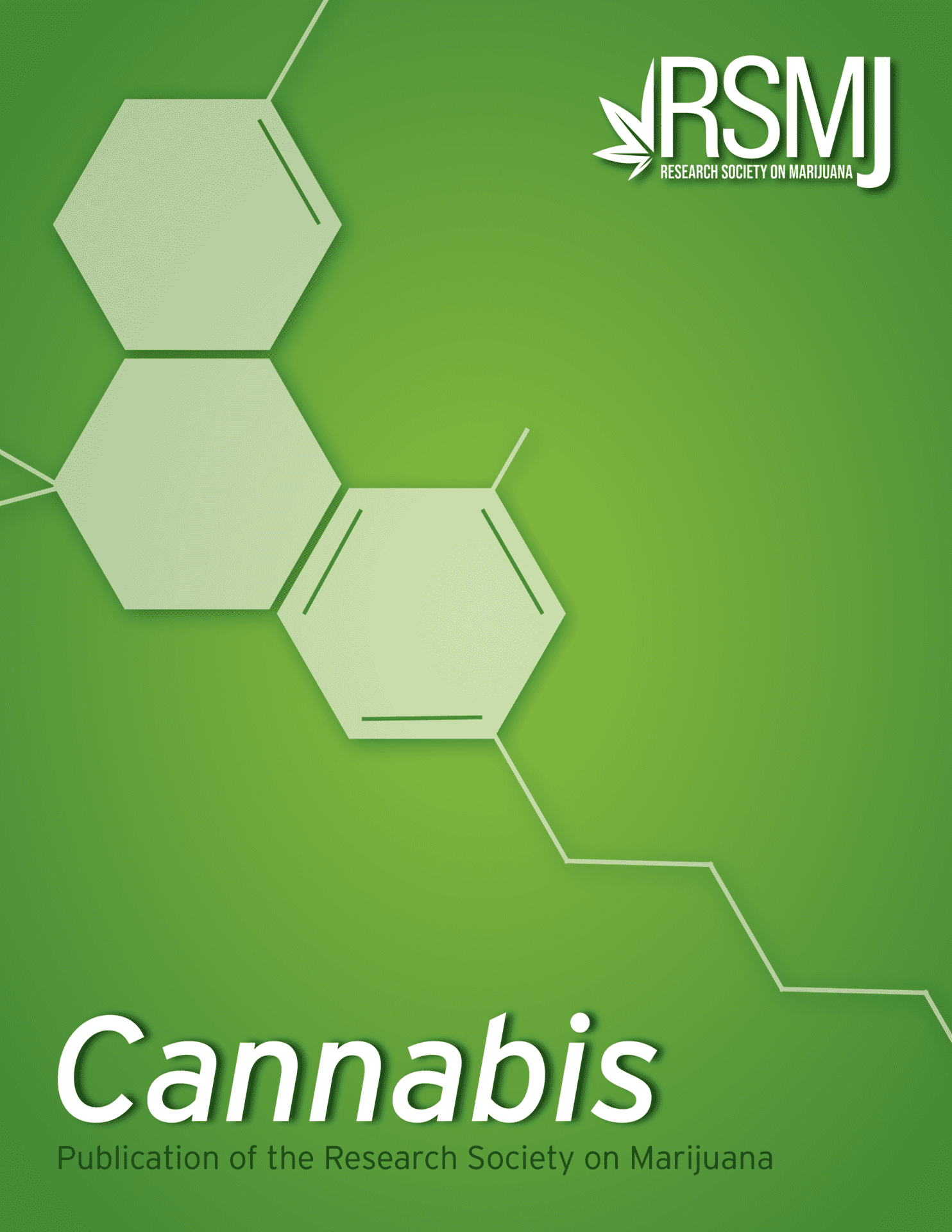“Background and objective: This systematic review evaluated the effectiveness, tolerability and safety of cannabis-based medicines (CbMs) for chronic non-cancer pain (CNCP) in long-term observational studies.
Databases and data treatment: CENTRAL, EMBASE and MEDLINE were searched to December 2021. We included prospective observational studies with a study duration ≥ 26 weeks. Pooled estimates of event rates of categorical data and standardized mean differences (SMD) of continuous variables were calculated using a random effects model.
Results: Six studies were included with 2686 participants, with study duration ranging between 26 and 52 weeks. Pain conditions included were nociceptive, nociplastic, neuropathic and mixed pain. The certainty of evidence for every outcome was very low. The weighted mean difference of mean pain reduction was 1.75 (95% Confidence interval [CI] 0.72 to 2.78) on a 0-10 scale. 20.8 % (95% CI 10.2 % to 34.0 %) of patients reported pain relief of 50% or greater. The effect size for sleep problems was moderate and for depression and anxiety was low. Study completions was reported for 53.3% (95% CI 26.8% to 79.9%) of patients, with dropouts of 6.8 % (95% CI 4.3% to 9.7%) due to adverse events. Serious adverse events occurred in 3.0% (95 CI 0.02 % to 12.8%) and 0.3 % (95% CI 0.1% to 0.6%) of patients died.
Conclusions: Information included in observational studies should be regarded with caution.Within the context of observational studies, CbMs had positive effects on multiple symptoms for some CNCP patients and were generally well tolerated and safe.”

 “In response to the need of more rigorous data on medical cannabis and chronic pain, we conducted a 3-month prospective study incorporating ecological momentary assessment (EMA) to examine the effects of medical cannabis on pain, anxiety/depression, sleep, and quality of life.
“In response to the need of more rigorous data on medical cannabis and chronic pain, we conducted a 3-month prospective study incorporating ecological momentary assessment (EMA) to examine the effects of medical cannabis on pain, anxiety/depression, sleep, and quality of life. “Pain prevalence among adults in the United States has increased 25% over the past two decades, resulting in high health-care costs and impacts to patient quality of life. In the last 30 years, our understanding of pain circuits and (intra)cellular mechanisms has grown exponentially, but this understanding has not yet resulted in improved therapies. Options for pain management are limited. Many analgesics have poor efficacy and are accompanied by severe side effects such as addiction, resulting in a devastating opioid abuse and overdose epidemic. These problems have encouraged scientists to identify novel molecular targets and develop alternative pain therapeutics.
“Pain prevalence among adults in the United States has increased 25% over the past two decades, resulting in high health-care costs and impacts to patient quality of life. In the last 30 years, our understanding of pain circuits and (intra)cellular mechanisms has grown exponentially, but this understanding has not yet resulted in improved therapies. Options for pain management are limited. Many analgesics have poor efficacy and are accompanied by severe side effects such as addiction, resulting in a devastating opioid abuse and overdose epidemic. These problems have encouraged scientists to identify novel molecular targets and develop alternative pain therapeutics.